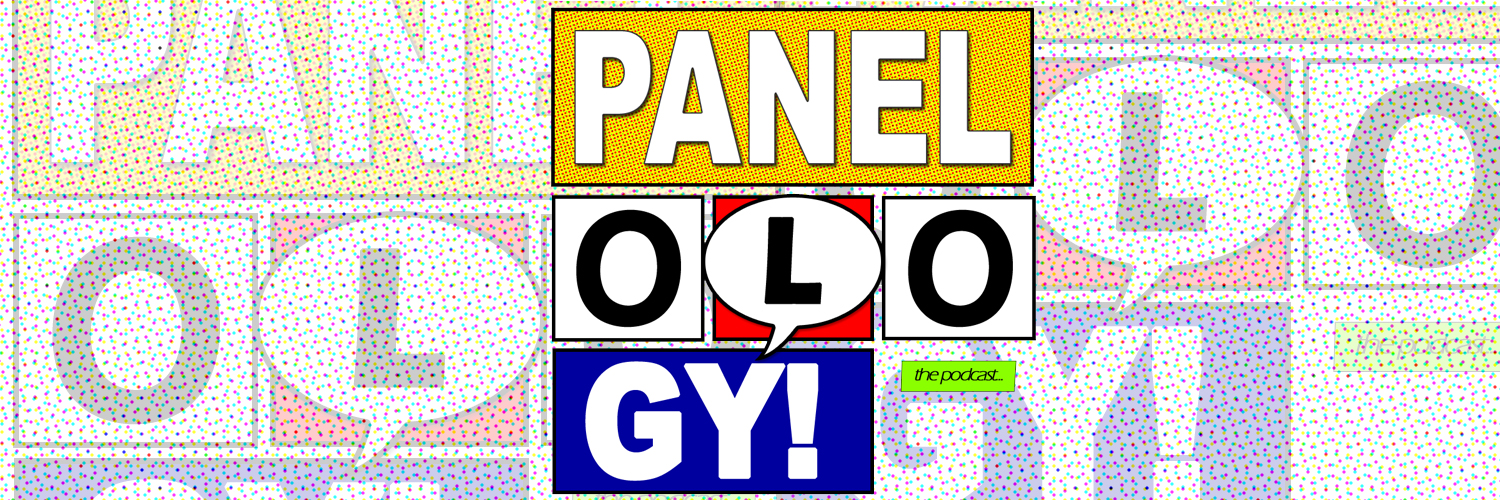Here’s another one with some relevant news from over the weekend. The Infinite Loop, first crowdfunded on French Kickstarter and brought to the US by IDW, is getting a second mini-series soon. This news also reminded me that I still needed to track down a copy of the first arc to read.
And I did. And it was good.
The Infinite Loop follows Teddy, who fixes damage to the timeline and cleans up the anomalies that damage creates. She’s the best at her job, even when that means a hoverboard fight with a raging T-rex. When she encounters the first sentient, human anomaly, though, she can’t destroy her. Instead Teddy helps her escape despite the threat her existence poses to the universe, and the two fall in love. But new, human anomalies keep popping up, and Teddy winds up in back the fray.
Things start out pretty simply. Pierrick Colinet introduces the book’s more conceptual elements—time travel, anomalies, Teddy’s metaphorical conversations with her other selves—in this relative quiet. Once the book kicks into high gear, though, the reader is in the deep end with Teddy. The more complicated the action of the book becomes, the less the technical sci-fi details matter; they become the basis of metaphor.
History repeats itself. Those who don’t meet society’s definition of legitimacy are dangerous. We are the sums of our actions, and the choices we make matter to who we will be. This adds up to two ideas that drive the book. The first is that no one should have to settle for living unseen in the margins of society. The other is that those who have the power to fight injustice must do so. All this lives inside of The Infinite Loop’s sci-fi devices.
Elsa Charretier’s art for this book is what landed it on my radar in the first place. I’m a big fan of her work on The Unstoppable Wasp, but this gives her more opportunity to play with trippy layouts. Whether it’s an Escher-esque page full of stairs heading different directions, cities folding in on themselves, or reality breaking down, her designs clearly communicate what is going on. And they’re fun. The Infinite Loop’s art is charming and stylish all the way through.
I read this book without knowing anything more than how it looks. That, in and of itself, is a strong selling point for it. It’s also a romance comic with science fiction trappings that drive metaphor rather than plot twists. But beyond that, The Infinite Loop builds an intricate story about standing up—for yourself and for others—and being counted. If that sounds like it would be up your alley, it’s definitely worth checking out.
Collected in
- The Infinite Loop (#1-6)
Credits
Writer: Pierrick Colinet | Artist: Elsa Charretier | Letterer: Pierrick Colinet

